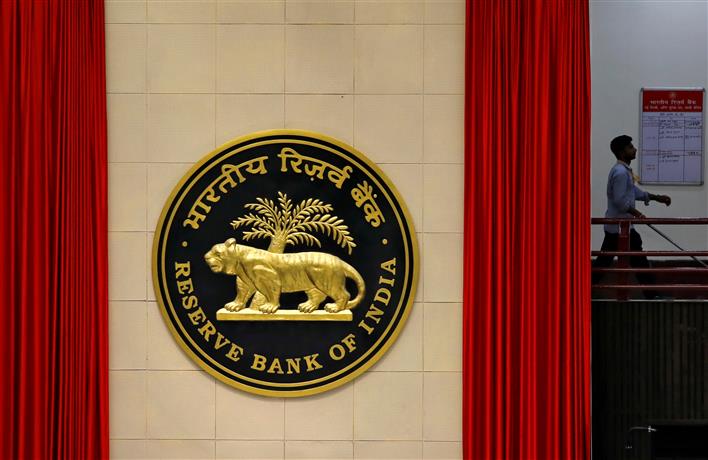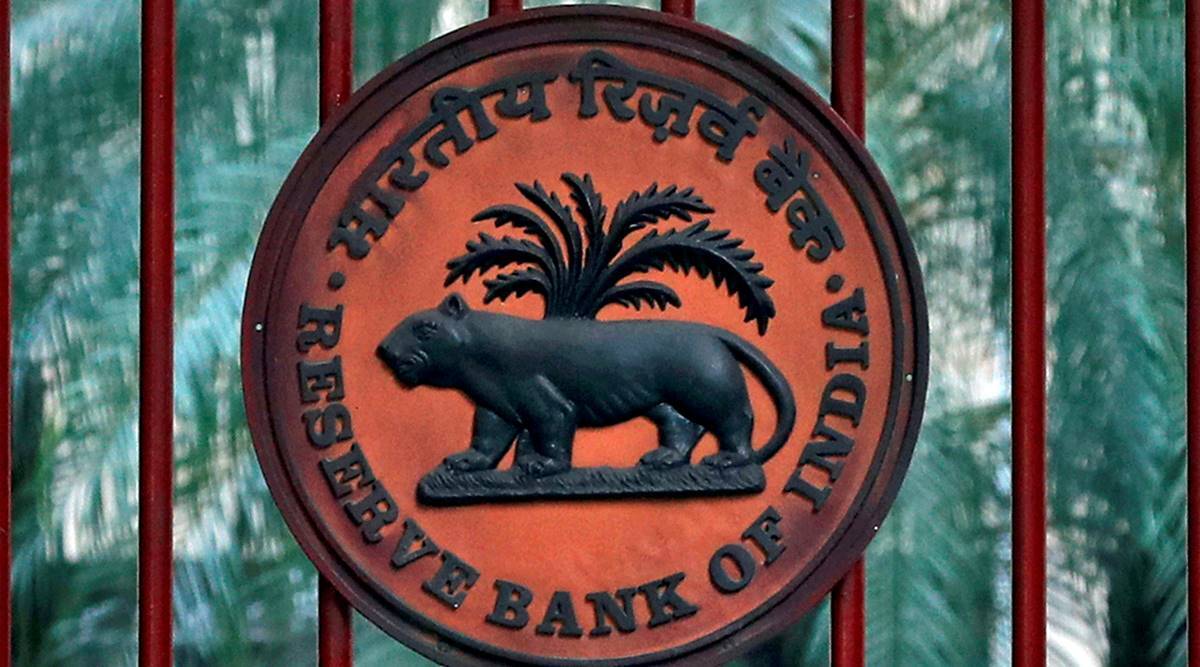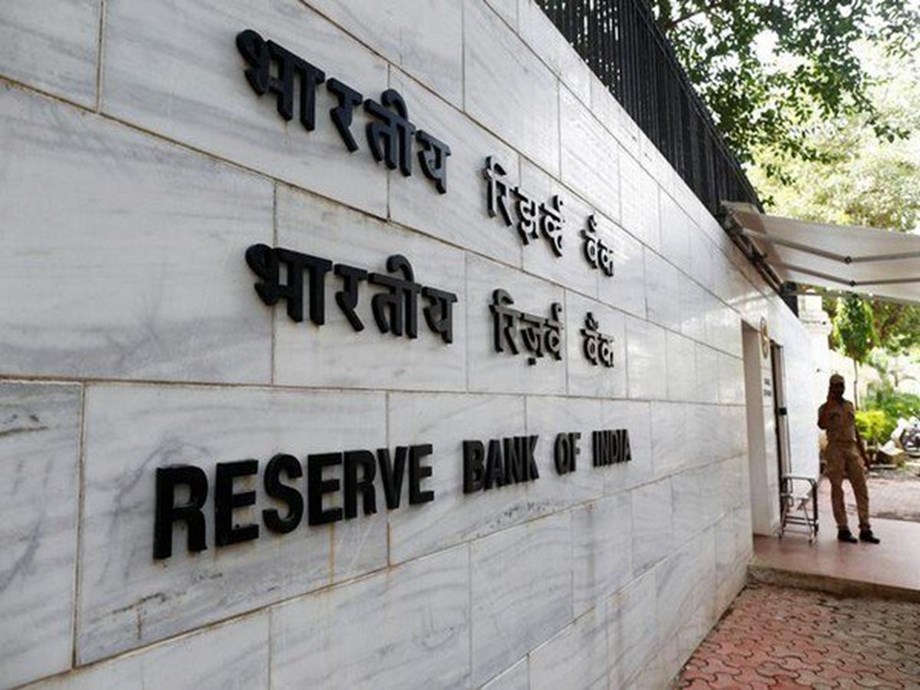E-rupee pilot launch for certain use cases: How will the RBI proceed?

The Reserve Bank of India (RBI) said on Friday that it will shortly start limited trial releases of the digital rupee (I), also known as the Central Bank Digital Currency (CBDC), for particular use cases. Retail and wholesale usage of the e-rupee has been alluded to, bringing the nation’s payment system to a new level where the general public and companies would be able to utilize digital currency for a variety of transactions.
According to the central bank, the development of CBDC may provide the general public with a risk-free virtual currency that will allow them to take advantage of legal advantages without running the risk of trading in private virtual currencies.
The approach for issuing CBDC will be determined by two core objectives: making the digital rupee as comparable to paper money as is practical and managing the launch of the digital rupee seamlessly, to broaden its attractiveness and utility as a payment option for a variety of clients.
E-rupee may be exchanged one-to-one for fiat money and is equivalent to it. Its only distinction is in form. It is accepted as a form of payment, legal tender, and a secure place to deposit value. A central bank’s balance sheet would show a liability for the digital rupee.
What varieties of e-rupee are there?
According to the RBI’s concept paper, CBDC may be divided into two major categories: general purpose (retail) (CBDC-R) and wholesale (CBDC-W). These categories are based on how the digital rupee is used and the activities it performs, as well as the various degrees of accessibility.
The majority of retail transactions use the virtual currency known as retail CBDC. The private sector, non-financial consumers, and businesses will all potentially be able to use it because it is a direct duty of the central bank. It may provide access to safe funds for settlement and payment. However, the RBI has not yet made clear how the e-rupee may be used in merchant transactions involving retail trade.
Wholesale CBDC is intended to only be accessed by a small number of financial institutions. In terms of operating expenses, the use of collateral, and liquidity management, it has the potential to revolutionize the settlement systems for financial transactions carried out by banks in the government securities (G-Sec) sector, the interbank market, and the capital market.
The E-rupee, or CBDC, may be set up as a token-based or account-based currency, according to the central bank. A CBDC based on tokens would function as a bearer instrument similar to banknotes, meaning that whoever has the tokens at any one moment is assumed to be their owner. In a CBDC that uses tokens, the recipient of a token will confirm that it truly belongs to him.
As it would be more similar to actual money, a token-based CBDC is considered the ideal CBDC-R form. In an account-based system, it would be necessary to keep track of all CBDC holders’ transactions and balances as well as to identify who owned the money on hand. In this situation, a middleman will confirm the account holder’s identification. The RBI stated that the CBDC-W can take into account this mechanism.
The RBI is considering the direct approach (single-tier model) and the indirect model for the issuance and management of CBDCs (two-tier model). The central bank will be in charge of overseeing all facets of the digital rupee system, including issuance, account maintenance, and transaction verification, under the direct approach.
The central bank and other intermediaries (banks and other service providers, for example) would each perform their appropriate roles under an indirect approach. Customers will receive CBDC from the central bank indirectly through intermediaries, and the intermediary will handle any claims made by consumers.
The key justifications for exploring the issuance of CBDC in India, according to the RBI, are the reduction of operating costs related to physical cash handling, boosting financial inclusion, and bringing resilience, efficiency, and innovation to the payments system. It will increase the effectiveness of the settlement system, encourage cross-border payment innovation, and provide the general public access to any applications that a private virtual currency may provide, without the risks associated with such applications.
Can transactions in e-rupee be made offline?
The offline capability will make it possible to deal in CBDC without the use of the internet, enabling access in areas with weak or nonexistent internet connectivity. Additionally, it will leave unbanked people with digital traces within the financial system, facilitating their simple access to loans.
The RBI believes there is a risk of “double spending” in the offline mode, nevertheless, because it will be theoretically possible to use a CBDC unit more than once without updating the CBDC shared ledger. The central bank claims that it may be more effectively reduced by technology solutions and sensible business standards, such as monetary restrictions on offline transactions.
Since 825 million Indians (or about 80 percent of the country’s 1.4 billion inhabitants) lack access to the internet, offline modes of the transaction will need to be included in the CBDC. With varying degrees of success, several nations, including Japan, have attempted to find a solution to the CBDC’s lack of internet connectivity. The risk of “double spending a CBDC” in offline mode exists because one token might theoretically be used twice without updating the CBDC ledger. However, this can be prevented by placing financial restrictions on offline transactions.
The RBI paper goes on to explain that, occasionally, having a connection may be required even for offline transactions. “For offline transactions, the wallets must be able to independently confirm the legitimacy of any CBDC transaction without contacting the server while the transaction is being carried out.” To reload or redeem CBDC balances or to synchronize the local wallet balances with central servers, it should be noted that even in the event of offline transactions, there would still be a periodic requirement for power and network access.
Everything that is e-rupee and how does it function as money?
In view of the extensive use and rapid acceptance of digital payments, India’s central bank has been investigating the benefits and downsides of developing its own Central Bank Digital Currency (CBDC), known as the Digital Rupee (e). In our case, the Reserve Bank of India supports CBDC, which is basically risk-free digital currency (RBI). Even if they offer the same simplicity of transaction as other digital currencies like bitcoins, CBDCs are fundamentally different from other digital currencies since they are managed by the bank.
What exactly is an e-Rupee?
First, the paper money that we currently use for transactions will not be eliminated by the introduction of the e-Rupee. Only a different format of the actual currency will be used for the digital currency. First, the paper money that we currently use for transactions will not be eliminated by the introduction of the e-Rupee. Only a different format of the actual cash will be used for the digital currency.
The e-Rupee will most likely use an indirect approach for currency issues and management, with intermediaries (such as banks and other service providers) handling client claims and the central bank solely managing wholesale payments to the intermediaries. The present physical cash management system, which complies with all accounting regulations and standards for checks and balances, will serve as the basis for this.
According to the RBI, CBDC may be used as “token-based” or “account-based” money. In the token system, whoever carries the token will be taken to be the owner of the CBDC, but in the account-based system, an intermediary would need to keep track of the balances and transactions of all CBDC holders.
Since it is most similar to the cash-based system we are used to, a token-based system may be used for retail transactions, and an account-based system might be used for wholesale sales (for which there will be a separate currency called CBDC-W and CBDC-R for retail transactions).
What distinguishes the e-Rupee from other cryptocurrencies?
The main distinction between the two is that CBDC is supported by the RBI and is recognized as legal cash. Since it is a fiat currency, one e-Rupee may be converted into one actual rupee. It won’t experience volatility the way cryptocurrencies do.
Bitcoins don’t have any intrinsic worth (like traditional currency or CBDC). They are vulnerable to extreme fluctuations since their value is primarily derived from finite supply and rising demand. Money is deemed valuable when it can hold its value over an extended period, yet cryptocurrency’s value can swing drastically because of its artificial scarcity. Therefore, even if cryptocurrencies have certain characteristics in common with traditional money, the aforementioned characteristics distinguish them and reduce their appeal.
The RBI wrote in its letter that “These digital assets jeopardize India’s financial and macroeconomic stability because of their adverse consequences on the banking system.” The capacity of the nation’s monetary authorities to govern its monetary system and determine its monetary policy may be restricted by a wider distribution of cryptocurrencies, which might gravely jeopardize the stability of its financial system.
The RBI asserts that the e-Rupee must be anonymous for it to be widely accepted as a medium of exchange, even though this can be difficult because digital transactions can leave some evidence. According to the central banks, small-value retail transactions, which are analogous to cash payments in that they are anonymous, should be given priority when designing a CBDC.
According to the RBI, the introduction of the e-Rupee will “reduce operational costs related to physical cash management, promote financial inclusion; bring resilience, efficiency, and innovation to the payments system; add efficiency to the settlement system, foster innovation in the cross-border payments space; and provide the public with uses that any private digital currency can provide, without the associated risks.”





